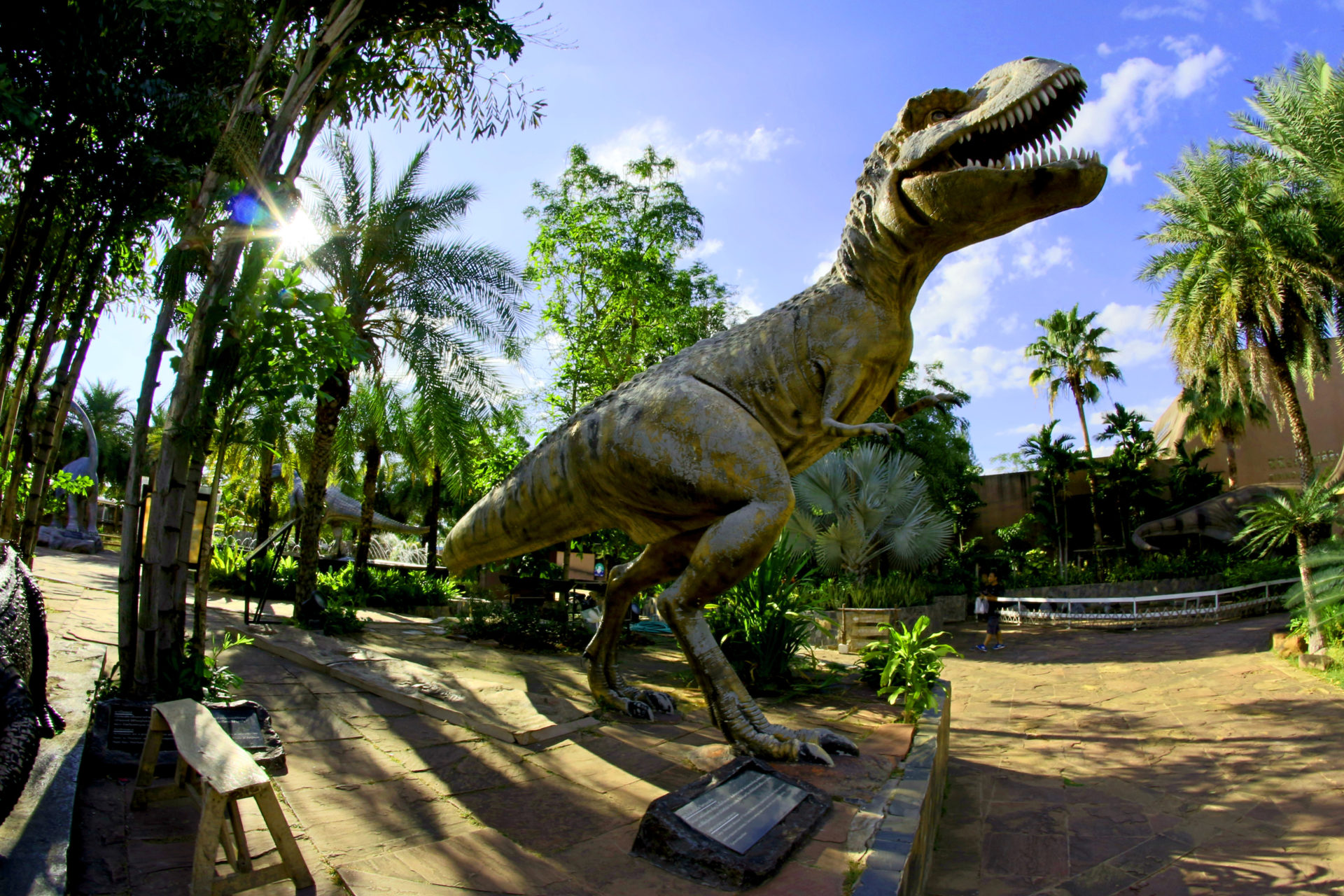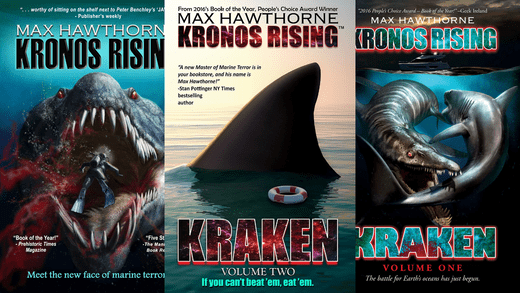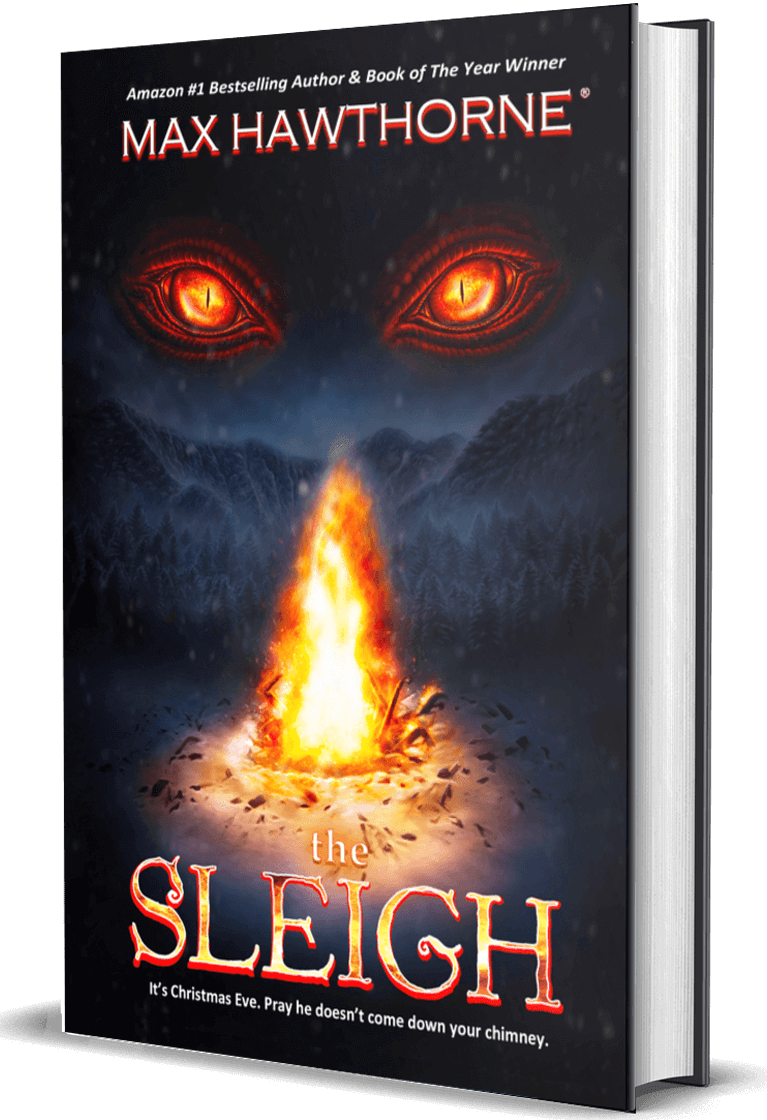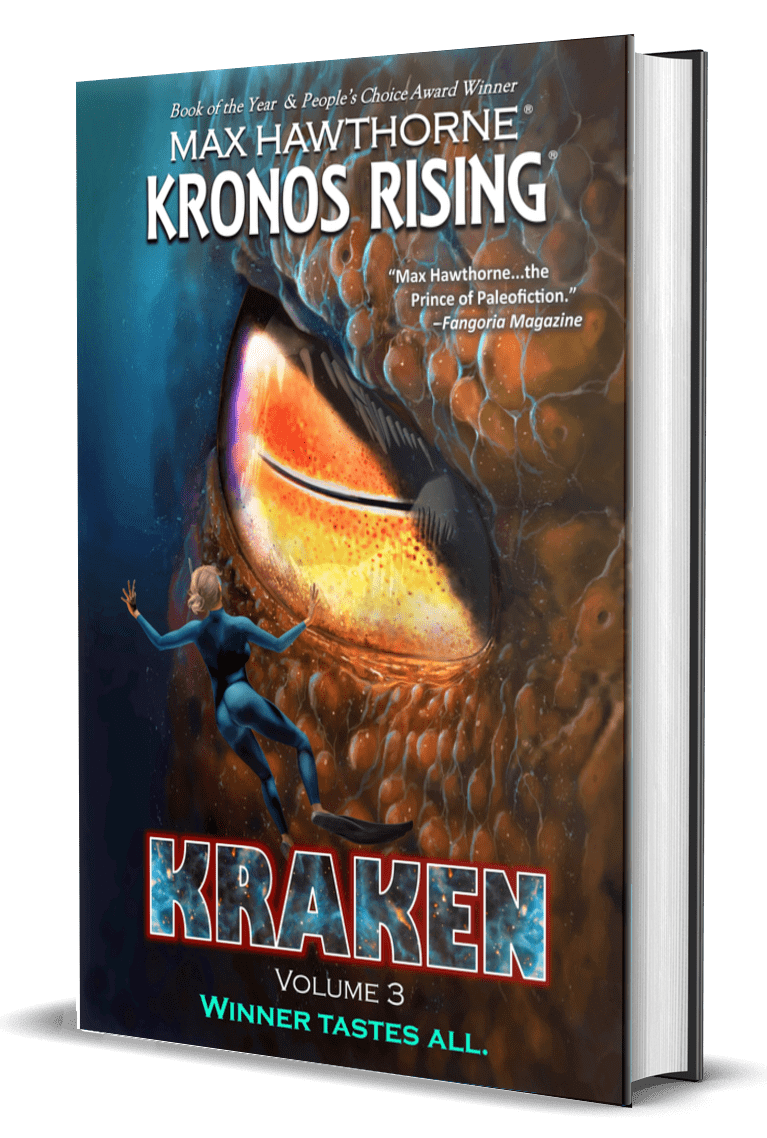The late Michael Crichton (1942-2008) created some truly wonderful science fiction material: The Andromeda Strain, West World, Eaters of the Dead, Congo, Sphere and, most notably, the Jurassic Park novels. His untimely death from cancer in 2008 robbed the world of many undoubtedly great future works, to be sure, but his legacy lives on. As fate or pure chance would have it, the job of bringing Crichton’s dinosaur novels to the movie screen fell to another brilliant visionary, Steven Spielberg. Universal Pictures and Spielberg’s Amblin Entertainment purchased the rights to the novel even before it was published, back in 1990. The genesis of the idea for Jurassic Park went back to a screenplay that Crichton began working on in 1983. But the debate still remains “Jurassic Park book vs movie”
Jurassic Park Book vs Movie
The novel was published in November of 1990 and became a huge bestseller. One could speculate that Jurassic Park was sort of West World with dinosaurs instead of robotic cowboys. I would not be surprised that Crichton might have been partially influenced by Ray Bradbury’s short story A Sound of Thunder, which also deals with dinosaurs and chaos theory. Spielberg, in a manner much as he had when adapting Peter Benchley’s JAWS, stripped Crichton’s novels down to their bare bones and rebuilt complex literary works into visual adventures that kept the meat of the original narrative but told the story within the constraints of a two-hour motion picture.
For example, the opening sequence of the book, involving a pack of Procompsognathus dinosaurs (“Compies”) attacking a young girl on an island, was excised from the movie and reworked for the opening of the sequel. It proved to be a very effective and unexpected opening to the second film. The Compies, which were featured in several sequences in the book, do not even appear in the first movie. Also, in the book, Dr. Alan Grant is described as being fond of children, but in the film, he dislikes children at first.
In the movie, the herd of dinosaurs running at Grant, Tim and Alexis are Gallimimus. In the novel, they are Hadrosaurs. A hadrosaur stampede later turned up in the third Jurassic Park film. Another book sequence would turn up in the third film: an encounter with pterosaurs in an enclosure. The personalities of Lex and Tim were different between the film and the novel. In the book, Tim is older and the computer whiz (but still obsessed with dinosaurs), while Lex is younger: a tomboy with an interest in sports.
The prominent roles of Dr. Gerry Harding and Dr. Henry Wu in the book are reduced to mere cameos in the first film. A sequence involving Grant and the children on a raft being chased downriver by a Tyrannosaurus is sort of reworked for Jurassic Park 3 for the Spinosaurus, but is utterly absent from the first film. In the novel, Dennis Nedry is attacked and dies outside of his jeep. In the novel. Dr. Sattler’s sick dinosaur is not a Triceratops but a Stegosaurus. In the novel, John Hammond is killed by Procompsognathus but Donald Gennaro does not die. Rather, he resurfaces in the second novel as the villain exploiting the dinosaurs, instead of Hammond’s nephew as in the second film.
The tone of the novel was essentially science fiction premises underpinning a horror story of people trying to not be eaten by “monsters” on an island, though I think that Michael Crichton took great care to try and portray the dinosaurs as animals rather than monsters. Spielberg attempted the same approach in his film. He kept some of the horror aspects and some of the science, but toned it down with some family-friendly aspects and a heightened sense of adventure. On screen, there are visual ways of telling a story that the written word can never convey, and this was brought home vividly in the film version by the amazing special effects that gave life to the dinosaurs. Of course, the well-known actors cast in the film brought their own personalities and interpretations to the literary characters in ways that may or may not have lived up to the way readers envisioned them. Obviously, some of the rich storytelling of a 400-page novel had to be sacrificed for the parameters of a two-hour movie. Spielberg tackled the task of getting into the meat of the story as quickly as possible by compacting the introduction of the characters and situation into the first 20 minutes of the film, with Ian Malcolm’s character introduced on the helicopter flight to the island.
The dinosaur species that appear in the novel are very different from those seen in the film. In the novel, you have non-dinosaur pterosaurs, Procompsognathus, Apatosaurus, Microceratops, Othnelia, Styracosaurus, Euoplocephalus, Hypsilophodon and Maiasaura. Some of these would eventually appear in later films in the series. The dinosaurs seen in the first film include Tyrannosaurus rex, Brachiosaurus, Parasaurolophus, Gallimimus, Dilophosaurus, Velociraptor and Triceratops. The movie wound up being a smash hit, earning over a billion dollars worldwide. Calls began for the inevitable sequels, both movie and book. Crichton was not a fan of sequels, however, and initially refused to write one. He eventually relented, perhaps as a result of persuasion from Spielberg. The novel The Lost World was published in September of 1995. The title was an homage to Sir Arthur Conan Doyle’s 1912 novel about a lost world of living dinosaurs on a plateau in South America. The resulting film was The Lost World: Jurassic Park, released in May of 1997. Like Spielberg’s earlier film, this one strayed considerably from the novel it was based on. In both works, the film and book versions of The Lost World, Ian Malcolm and some other people chosen to go with him travel to Isla Sorna (Site B), where InGen had secretly been making more dinosaurs to supply the park on Isla Nublar from the first story. On this second island, dinosaurs are able to roam free, ostensibly doing whatever they want. At one point, our heroes try to render aid to a baby T-Rex that has broken its leg but, while they are trying to doctor it, its parents attack their trailer and push it off a cliff.
Any similarities between the book and film end there. It would take a very long time to list all the changes and differences between the book and the film, but here are a few key details that set them apart and alter the story as told via their respective mediums: a lot of characters from the book are omitted or merged with other characters. In the book there are two kids, Arby and Kelly. The film more or less sort of combines them into one character, Kelly, and it makes her Ian Malcolm’s daughter, probably to expand his character and give him more to play off of. Vertebrate paleontologist Richard Levine, who gets the whole adventure rolling in the book, isn’t present in the film, and John Hammond dies in the first novel, so he’s not there to send Ian on his way. Jack “Doc” Thorne is cut out of the film and, in the movie, is rewritten as his assistant, Eddie. Ian Malcolm’s girlfriend Dr. Sarah Harding is not a paleontologist in the book, but rather, an animal behaviorist. There is a part with a motorcycle and velociraptors in the book that is missing from the movie. This may or may not have possibly influenced a scene that appears in the first Jurassic World film. A subplot in the novel about disease wiping out the dinosaurs is not in the movie. The book features a large horned theropod dinosaur called Carnotaurus that can change its color like a chameleon. This also may or may not have influenced some of the ideas in Jurassic World as well.
The whole sequence with a T-Rex attacking San Diego didn’t happen in the book. The film incorporates some scenes from the first novel that weren’t used in the first film, like characters hiding from a T-Rex behind a waterfall and the attack on the little girl by Procompsognathus dinosaurs on an island. InGen are not the bad guys in the book: the company is now defunct, which makes sense considering they are responsible for a handful of deaths. Instead, some geneticists from Biosyn, a rival genetics company, go to the island to steal dinosaur eggs. Remember Dodgson, the guy who recruited Dennis Nedry to steal the embryos in the first film? He is the main antagonist of the second book. The fundamental difference between the novel and the film is the depth. The novel is a lot darker and more complex, dealing with a number of themes that the film never explores. These include: corporate responsibility. Ingen files for bankruptcy to escape the irresponsibility of its CEO and founder, leaving a mess behind because Isla Sorna was never disclosed to the Costa Rican government or USA government, meaning a potential hazard to society still existed. The dinosaurs that Ingen cloned have been abandoned to wreak whatever havoc they were going to do, with no one ultimately responsible. And then there is the theme of ethics; the book digs into the whole debate about cloning and genetic engineering and the consequence it can have on the planet.
There is also the theme of “man versus nature”, as Michael Crichton describes in great detail how the animals have established a sustained ecosystem, but it has been corrupted from the use of sheep feed, contaminated with prions, when Ingen operated the island. This will eventually wipe out the animals. This is the so-called “Lysine contingency” mentioned by Samul L. Jackson in the first movie. Crichton also explores the theme of feminism with Sarah Harding, and we see the influence it has on Kelly. The overall theme and message of the book would seem to be a warning not to mess with things beyond your capability to control. The film, on the other hand, has a simple plot, concentrating on preventing the exploitation of the animals and protecting them. None of the other deeper issues are really explored. Although, given the complexity of the book, a TV miniseries would have made more sense when it came to the telling of the novel. There is much more dinosaur diversity in the second book and film, with differences in the species seen in the two mediums. In the novel, there are: Parasaurolophus, Carnotaurus, Pachycephalosaurus, Triceratops, Apatosaurus, Stegosaurus and Tyrannosaurus. In the film, we see: Tyrannosaurus (both adult and juvenile), Velociraptor, Triceratops, Stegosaurus, Parasaurolophus, Gallimimus, Brachiosaurus, Dilophosaurus, Procompsognathus, the pterosaur Pteranodon, Pachycephalosaurus, Mamenchisaurus, Apatosaurus, and Edmontosaurus. Some of these would be seen again in the third Jurassic Park film and the two subsequent Jurassic World films.
It seems that after The Lost World book and film, perhaps both Crichton and Spielberg felt that they gotten all the good out of the idea of cloned dinosaurs possible and decided to leave well enough alone. Spielberg would produce a third film but the directorial chair was occupied by one of his special effects technicians, Joe Johnston. There was a noticeable decline in quality with the third film. If Crichton ever wanted to eventually return to his dinosaur series at some point in the future, that opportunity was lost with his untimely death. Ironically, when The Lost World film was released, Crichton packaged both of his novels together in one volume and released it under the title Michael Crichton’s Jurassic World. This would unwittingly point to the future of the movie franchise at least. While the two Jurassic World films are okay for what they are, the bloom is off the rose and a lot of what you see in these films are reworkings of themes well-worn by Michael Crichton and Steven Spielberg. In fact, Jurassic World: Fallen Kingdom really felt like a remake of The Lost World. Some interesting new elements have been brought in: we see marine reptiles for the first time (giant mosasaurs) and uniquely engineered dinosaur species, hybridized from known fossil species. But the general themes and story-telling options are pretty much rehashes of what has come before, only bigger. Whether new life can come to this franchise, only the future can tell. So the debate of “Jurrasic park book vs movie”, tell us in the comment which did you like better.
-Editor



